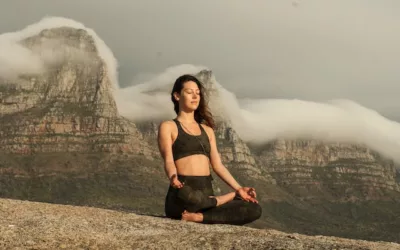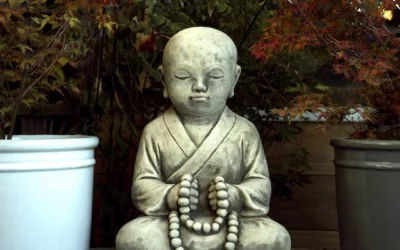What is the importance of off season training training in cricket?
Off season training in cricket is a great way to train your mind and body for the coming season. Cricket is a wonderful game & so many of us are passionate about it. We can be consumed by practicing, playing, watching, and reading about cricket. It is all brilliant but you can have too much of a good thing. COVID-19 forced us to take a step back and look at things from a different perspective. It taught us to appreciate so many things in life that we previously took for granted. It is good to occasionally distance yourself from the things you love. Cricket is no different. We do need to take a break from it periodically. As COVID-19 has reminded us, a break from cricket will renew our spirit for it.
When the cricket season finishes and winter comes. It is time to have a break from the game. It is time to refresh our bodies, minds, and spirits. So that when it is time for cricket to resume, we can tackle new challenges with enthusiasm. Taking a break from the game does not mean that you should be inactive. Six to eight weeks of no cricket whatsoever is recommended, but then thoughts and actions need to start turning towards cricket again.
There are a lot of things to do during the off-season. These off-season training will bring you back to the regular season much stronger and a much better player. You will feel more refreshed and energized than in the last game of the season.
Here are some things that you can do in the off-season, once you have had your rest from the game:
• Do a thorough analysis of the season that has just gone by. Identify your strengths and weaknesses.
• Formulate a plan as to what you wish to work on regarding your game and how you are going to go about making improvements.
• Work on your technical faults. The off-season is the ideal time to correct bad habits through repetitive drills that will ingrain the correct muscle memory. A variety of drills can be used to achieve this. Change up the drills to maintain interest.
• Add new skills to your game. Again, the offseason is the time for this and as with ironing out technical faults, this can be done with a variety of drills.
• Work on conditioning. There is always room to improve your strength, agility, speed, and endurance.
• Read about, learn, and develop the mental aspects of the game. The mental aspects of the game are incredibly important and can go a very long way to improving performance.
What else you can do in off season?
• Vision training is important in cricket but developing visual skills is almost totally neglected. The off-season allows you to learn about and incorporate visual skills drills into your routine.
• Think carefully about your reasons for playing the game and then think about the environment that you want to play in. What factors should most strongly influence where you play your cricket? Available coaching, friends, opportunities to bat or bowl, etc.
• Set your long-term goals for the forthcoming season. Having long-term goals is important especially if you experience a patch of poor form. Having a long-term goal or two will keep you going and motivated through difficult patches. Long-term goals will also keep you motivated to achieve your potential.
• Get your gear ready for the forthcoming season. Select the right size bat, and chose comfortable protective equipment. As is evident, there is a lot that you can do in the off-season. Once you have had your off-season break, it is time to get working. Hopefully, by the time that the new season comes around, COVID-19 will have been clean-bowled and it will be your turn to bat.




